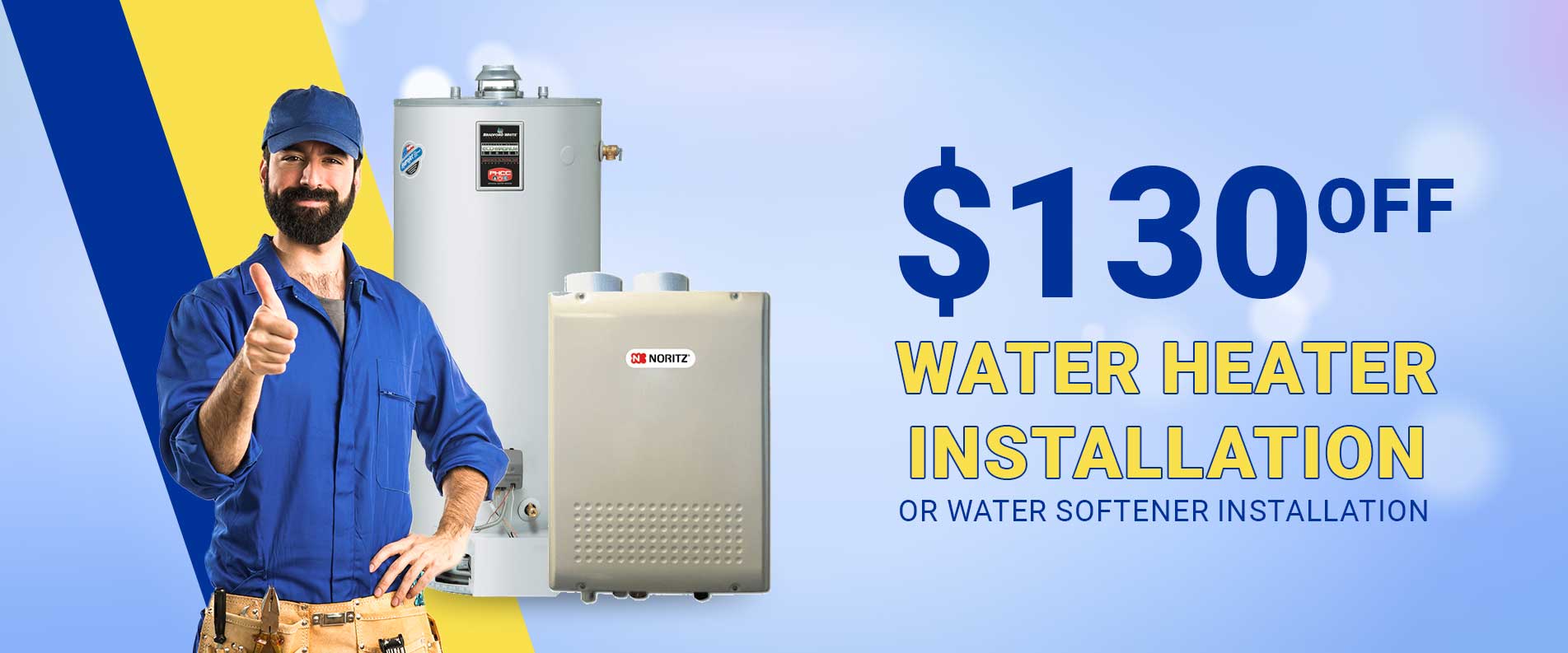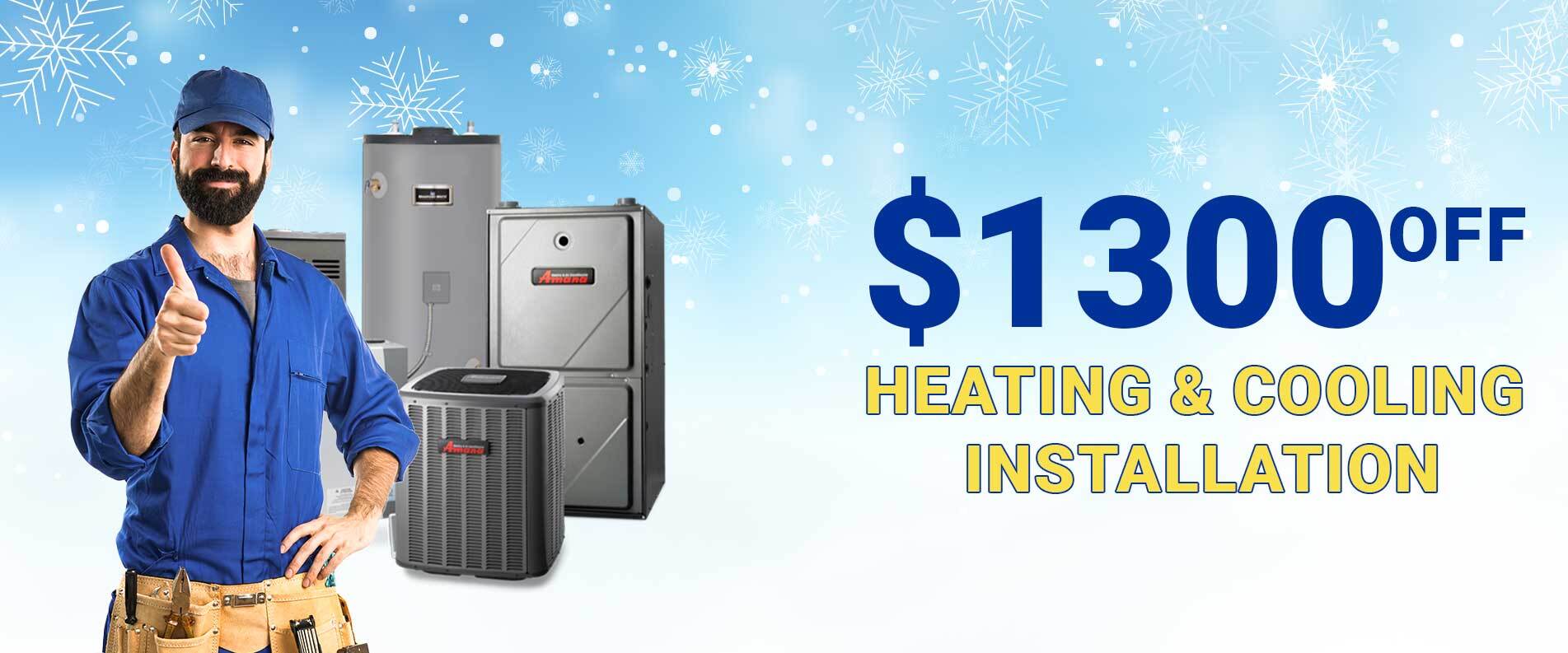In the heart of winter, a furnace is more than just a heating source—it’s a lifeline. However, this essential appliance comes with a responsibility: the maintenance of its flue pipes. Furnace flue pipes are critical for expelling hazardous combustion byproducts, such as carbon monoxide, from your home.
Neglecting them can lead to serious health risks. This guide delves deep into the world of furnace flue pipes, highlighting their significance, proper maintenance practices, and troubleshooting tips to ensure your home remains a safe and comfortable haven during the colder months.
Understanding Furnace Flue Pipes:
A furnace flue pipe, commonly referred to as a vent pipe, is a key component of any combustion heating system. Its primary function is to safely transfer harmful combustion gases, including carbon monoxide, nitrogen dioxide, and sulfur dioxide, from the furnace to the outside. This not only ensures indoor air quality but also optimizes furnace efficiency.
A well-functioning vent pipe is critical for preventing the accumulation of these invisible, odorless, yet deadly gases inside your home. The structure of these pipes is designed to withstand high temperatures and corrosive gases, making them an indispensable safety feature of your heating system.
The Critical Role of Furnace Flue Pipes:
The role of furnace flue pipes extends beyond mere functionality—it’s about safeguarding lives. Carbon monoxide, a byproduct of combustion, is a stealthy predator. It’s colorless, and odorless, and can cause flu-like symptoms, confusion, and even death in high concentrations. The flue pipe operates similarly to a chimney, creating a draft that pulls these hazardous gases away from your living spaces.
The presence of a damper within the pipe helps regulate air pressure, ensuring that exhaust fumes are expelled efficiently while preventing their re-entry into the furnace or your home. Regular maintenance of these pipes is not just a recommended practice—it’s a necessity to prevent tragic outcomes.
Maintenance and Safety Tips for Furnace Flue Pipes:
Maintaining furnace flue pipes is crucial for ensuring the well-being of your home. Regular inspections by a qualified HVAC professional can identify signs of corrosion, blockages, or damage, which are common in older systems or those exposed to corrosive atmospheres. It’s also vital to maintain adequate clearance around these pipes to reduce the risk of fire.
Proper installation according to manufacturer specifications and adherence to local building codes is paramount. The importance of installing carbon monoxide detectors cannot be overstated—they provide an essential layer of safety, offering early warning in case of gas leaks.
Look for visible signs of wear, such as rust, cracks, or physical damage. Unusual noises or smells around the furnace area might indicate loose or damaged components. External factors like harsh weather can also affect the integrity of vent pipes. Pay close attention to the rain cap seals and the storm collar, and perform visual inspections from the top, if possible, to check for debris or damage. Remember, your safety is paramount, so practice caution during inspections, especially when accessing the roof.
Annual inspections and cleanings are recommended to keep your flue pipe in good shape. If you notice signs like insufficient heating or leaks, it may be time to consider replacing your flue pipe. However, some signs might be less obvious, requiring professional assessment.
Read More: 6 Reasons Why Your Water Pipes Burst
Types of Furnace Vents and Installation:
Furnace flue pipes come in various designs, such as natural, concentric, and sidewall vents, each suitable for different furnace efficiencies. Natural vents are cost-effective but more prone to backdrafting, while concentric and sidewall vents offer more flexibility and safety for high-efficiency furnaces.
The installation of these pipes requires precision and compliance with safety standards, making it crucial to engage a professional HVAC technician. Incorrect installation can lead to inefficiencies and pose serious health risks.
Troubleshooting Common Flue Pipe Issues:
Common issues with furnace flue pipes include clogging and leaks. A clogged flue pipe can hinder the proper expulsion of gases, while leaks can allow these gases to seep into your home. Regular cleaning, ideally every few months, can extend the life span of your flue pipe and maintain its efficiency.
Be sure to refer to your furnace’s owner’s manual for specific cleaning guidelines and warranty information. If you encounter complex issues like clogging or leaking, consulting with a professional is the safest course of action.
Conclusion:
The significance of furnace flue pipes in maintaining a safe home environment cannot be overstated. Regular maintenance, proper installation, and vigilant troubleshooting are key to ensuring that your furnace operates safely and efficiently. As homeowners, it’s imperative to understand the critical role these pipes play in our heating systems and to take proactive steps in their upkeep. By doing so, we not only protect our families from potential hazards but also enhance the overall performance of our heating systems. Remember, when it comes to furnace maintenance, safety, and efficiency go hand in ha





